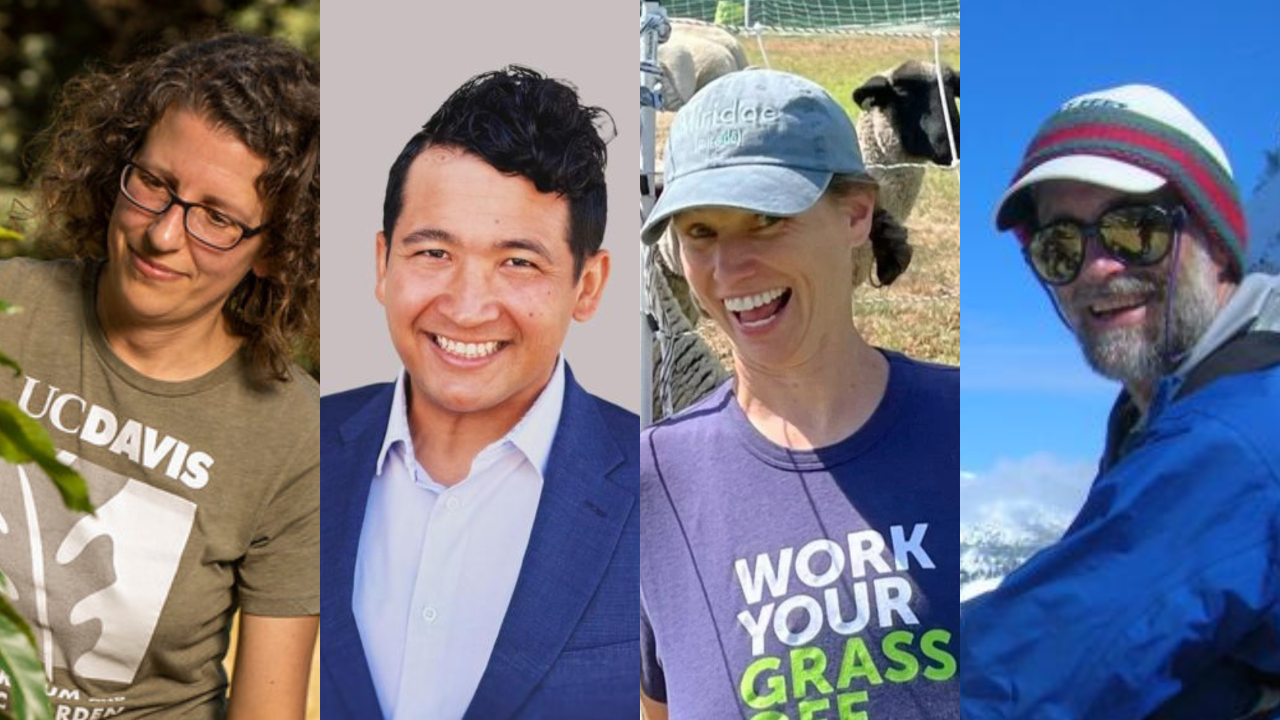
Aptly Named Aggies: Celebrating UC Davis’ Aptronyms
What’s in a name? For these UC Davis employees, quite a lot.
Across campus, people are known for following their passions — whether that means advancing research, supporting students or caring for animals. But for a few, it seems their career path may have been written right into their name.
Known as aptronyms, their names happen to perfectly match the type of work they do. Think of a chef named Cook or a librarian named Paige. The phenomenon, sometimes called nominative determinism, has long intrigued linguists and psychologists who wonder if our names might subtly shape the paths we take.
From research labs to classrooms and clinics, meet 10 aptly named Aggies whose stories remind us that sometimes, the name really does fit.
Do you have an aptronym? If so, you can fill out our brief survey to be featured in this article!
Arnold Bloom | Distinguished Professor, Department of Plant Sciences
- Read more
- Bloom’s discoveries challenge the belief that plants waste energy through photorespiration, revealing instead that this process generates compounds that power important reactions such as nitrate assimilation. His findings help explain how plants maintain food quality in a changing climate.
His route to plant science, however, was far from planned. As an undergraduate, he studied physics and cosmology, but when jobs in that field were scarce, he accepted a position in a biophysics lab “because I didn’t know better.” Encouraged by a mentor who had once helped map the genetic code, Bloom entered graduate school in botany without ever having taken a biology course.
Today, he introduces himself as “Bloom, the Botanist.” For someone whose curiosity first reached for the stars, it seems fitting that he found his purpose helping the world understand the blooms around them.
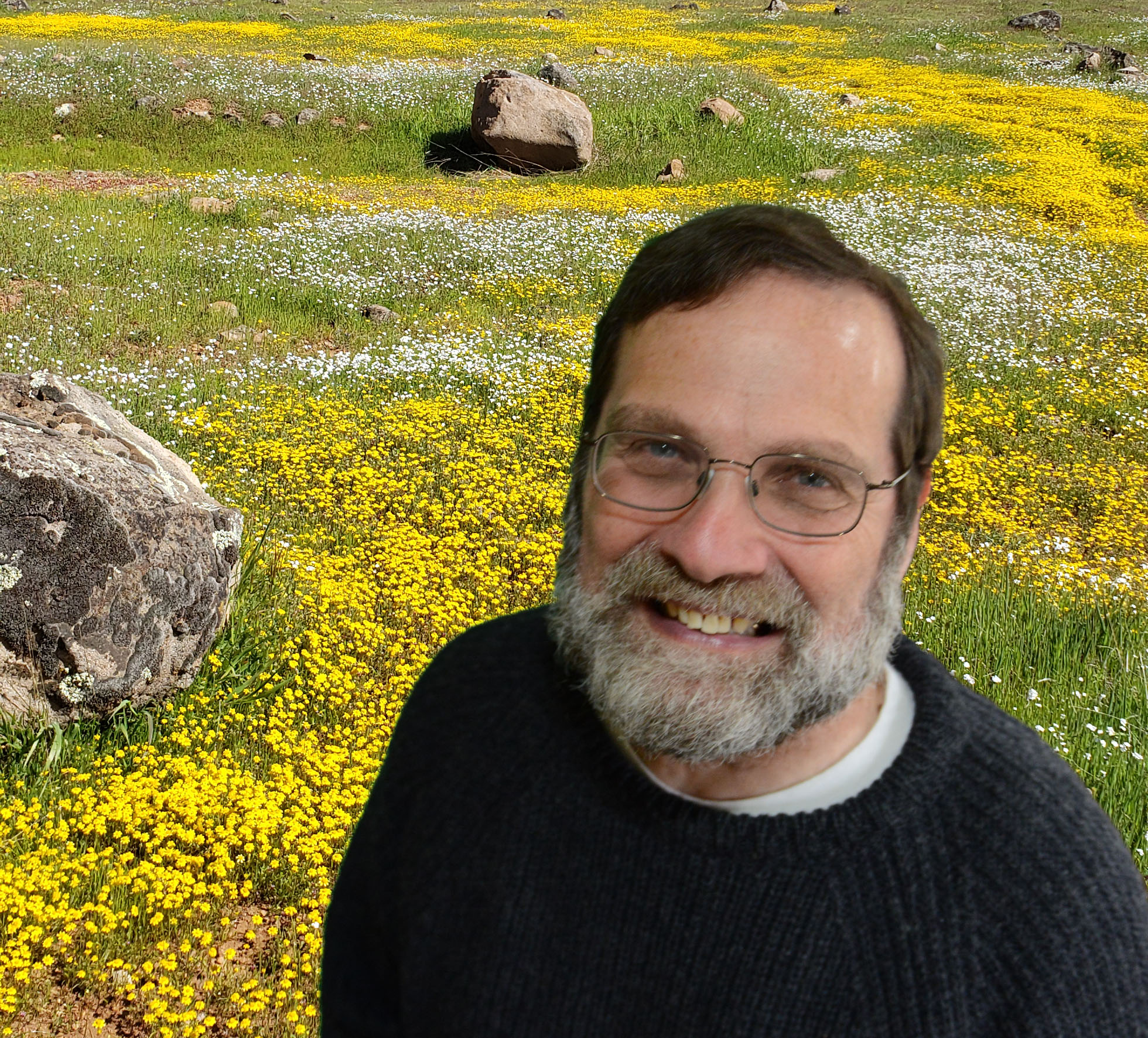
Jennifer Bones | Clinical Nutritionist, Department of Molecular Biosciences
For Professor Jennifer Larsen, born Jennifer Bones, the connection between her name and career as a clinical nutritionist in the School of Veterinary Medicine’s Department of Molecular Biosciences is hard to miss, especially given her focus on keeping pets strong and healthy.
Larsen specializes in clinical nutrition for companion animals, providing dietary assessments and customized recommendations for dogs and cats. Her work ensures pets get the nutrients they need, whether through commercial diets or carefully balanced homemade recipes.
Read more
“Of course, nutrition is important for bone health, and bones are sometimes used to supply calcium in diets!”
Though she jokes that she never intended to become an orthopedic surgeon, her name often draws good-natured attention. Bonsey is a common nickname, and her email handle, jabones, means “soaps” in Spanish.
With her expertise in nutrition and a name that speaks to structure and strength, Larsen’s career is built on a solid foundation.
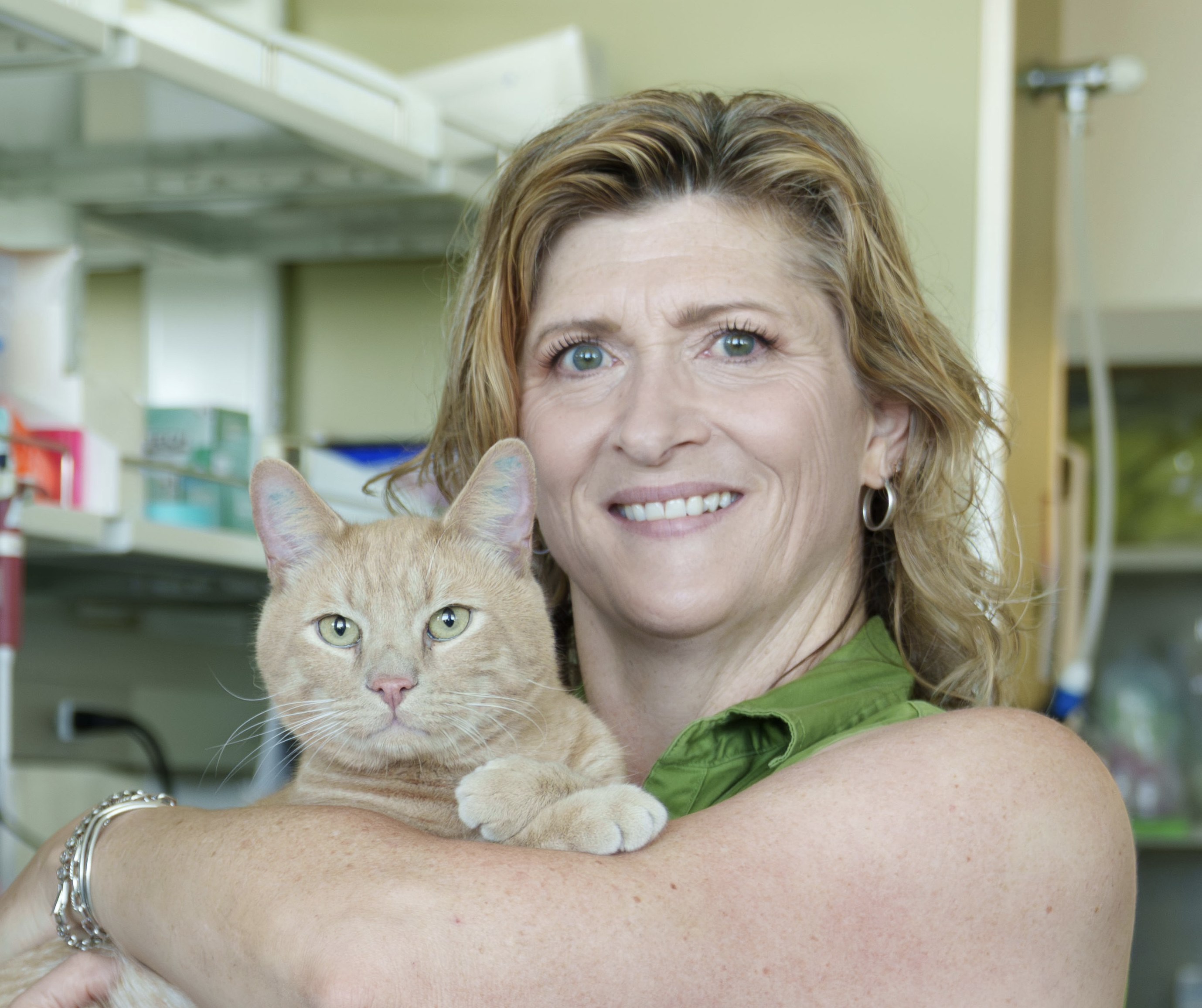
Jordon Friend | Access and Engagement Professional, Talent Acquisition
For Jordon Nakada, formerly Jordon Friend, an Access and Engagement Professional in Talent Acquisition, the connection between his name and his work in recruitment couldn’t be more fitting. After all, being a “Friend” is part of the job.
A recruiter by trade, he leads workforce pathway initiatives across both UC Davis and UC Davis Health, supports outreach efforts for prospective candidates and conducts career chats to demystify the application process. Everything he does helps potential employees feel welcomed and confident in the UC Davis mantra, “You belong here.”
Read more
“I’d be lying if my friendly nature and my last name didn’t sway me a little bit toward recruitment and outreach,” he admits. And it seems others agree. “Yes,” he says, “people point it out all the time at job fairs and outreach events.”
With a name that reflects his approach to connecting with others, Nakada truly embodies the spirit of inclusion and warmth that defines UC Davis.
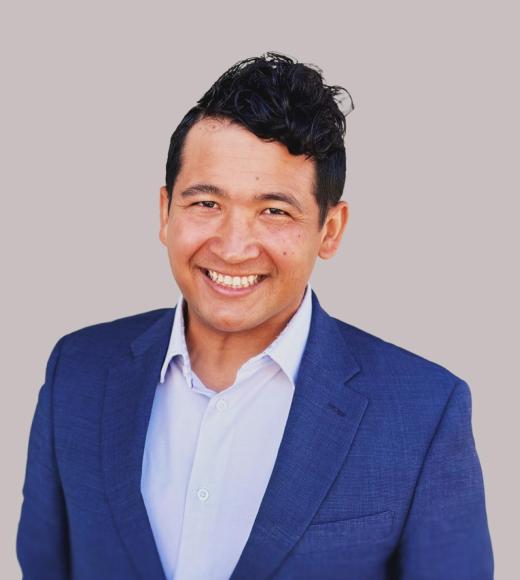
Peter Green | Research Engineer, Emeritus, Department of Civil and Environmental Engineering
Peter Green once set out to be the only member of his family whose career was not “Green.” But after decades of research on pollutants in the environment, the irony is not lost on him. His work turned out to be as green as can be.
As a Research Engineer, emeritus, in the Department of Civil and Environmental Engineering, Green has spent more than 33 years studying how pollutants interact with and impact air, water, soil, ecosystems, agriculture and human health. His work spans laboratory and field studies, bridging chemistry with real-world environmental impact.
Read more
Green’s journey began with chemistry, chosen partly to stand apart from his botanist parents, spectroscopist brother, and sustainability-focused sister. “I decided to major in chemistry to carve my own path, independent from my family’s environmental roots, and to leave my love of nature quietly separate as a pastime,” he says. “Of course, I ended up in environmental engineering as the chemist on projects — all quite ‘Green.’”
He finds humor in the coincidence of his name and career. “I was hired by Professor Young, whose name is a synonym for green.” And his favorite color? Naturally, it is green.
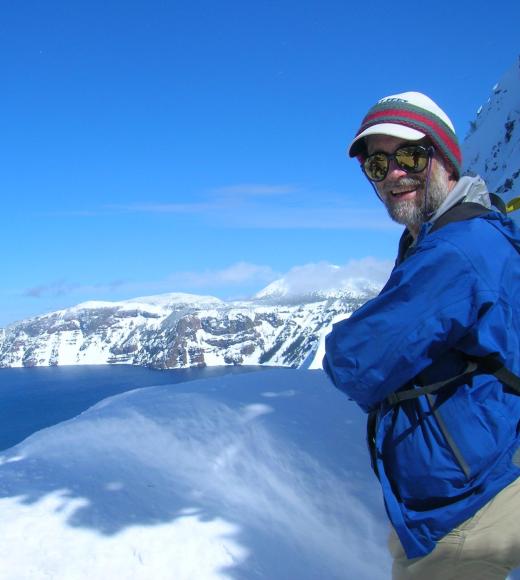
Emily Bloom Griswold | Director of GATEways Horticulture and Teaching Gardens, Arboretum and Public Garden
Emily Bloom Griswold, Director of GATEways Horticulture and Teaching Gardens at the UC Davis Arboretum and Public Garden, has a middle name that is a perfect fit. Griswold manages the development, curation and stewardship of the Arboretum’s gardens and plant collections, ensuring they thrive as both living laboratories and peaceful retreats for visitors. She guides the horticultural outreach through the Arboretum’s nursery and plant sale programs, giving the community a chance to take home and grow a piece of UC Davis themselves.
Read more
Her love for plants began early on in childhood and only deepened when she arrived at UC Davis to study botany. “I started working at the Arboretum my freshman year and enjoyed it so much that I decided to pursue a lifelong career in public horticulture,” she said.
The name Bloom may come from her mother's family, not destiny, yet it feels perfectly placed. While her mother avoids gardens because of her sensitive skin, Emily has embraced them and built a career that helps both plants and people flourish.
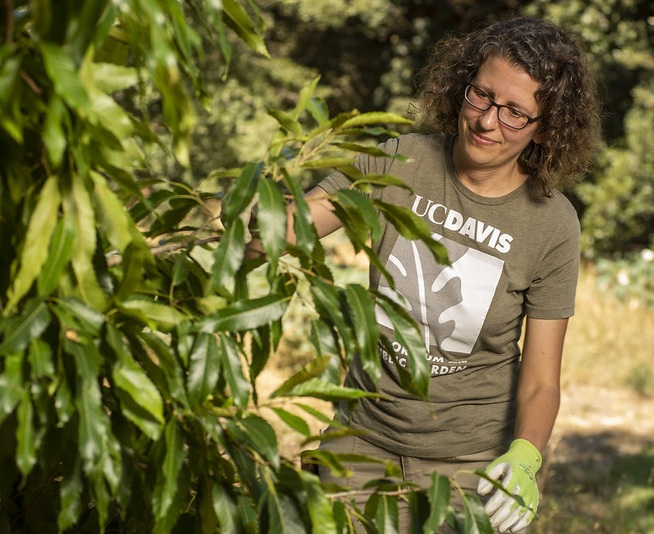
Michelle Hawkins | Director, California Raptor Center
For Michelle Hawkins, Director of the California Raptor Center and faculty member in the School of Veterinary Medicine, every day brings the thrill of working with some of nature’s most powerful and graceful creatures. She provides veterinary care for hawks, owls, eagles and falcons while teaching veterinary students and house officers the clinical skills needed to treat these remarkable birds.
Read more
Her career, however, began with very different goals in mind. “I was going to be a horse veterinarian,” she recalls. But once she entered veterinary school, everything changed. “I fell in love with wildlife and knew then I wanted to work with it in some capacity.” That realization led her to the California Raptor Center, where caring for wild birds of prey became both her calling and her lifelong passion.
Hawkins says her name had nothing to do with her career choice, though she admits it is a fitting coincidence for someone who has spent decades healing hawks. After twenty-five years in the field, her dedication shows no sign of slowing down. Even in retirement, she plans to keep volunteering her time to help these birds recover and return to the skies, wild and free.
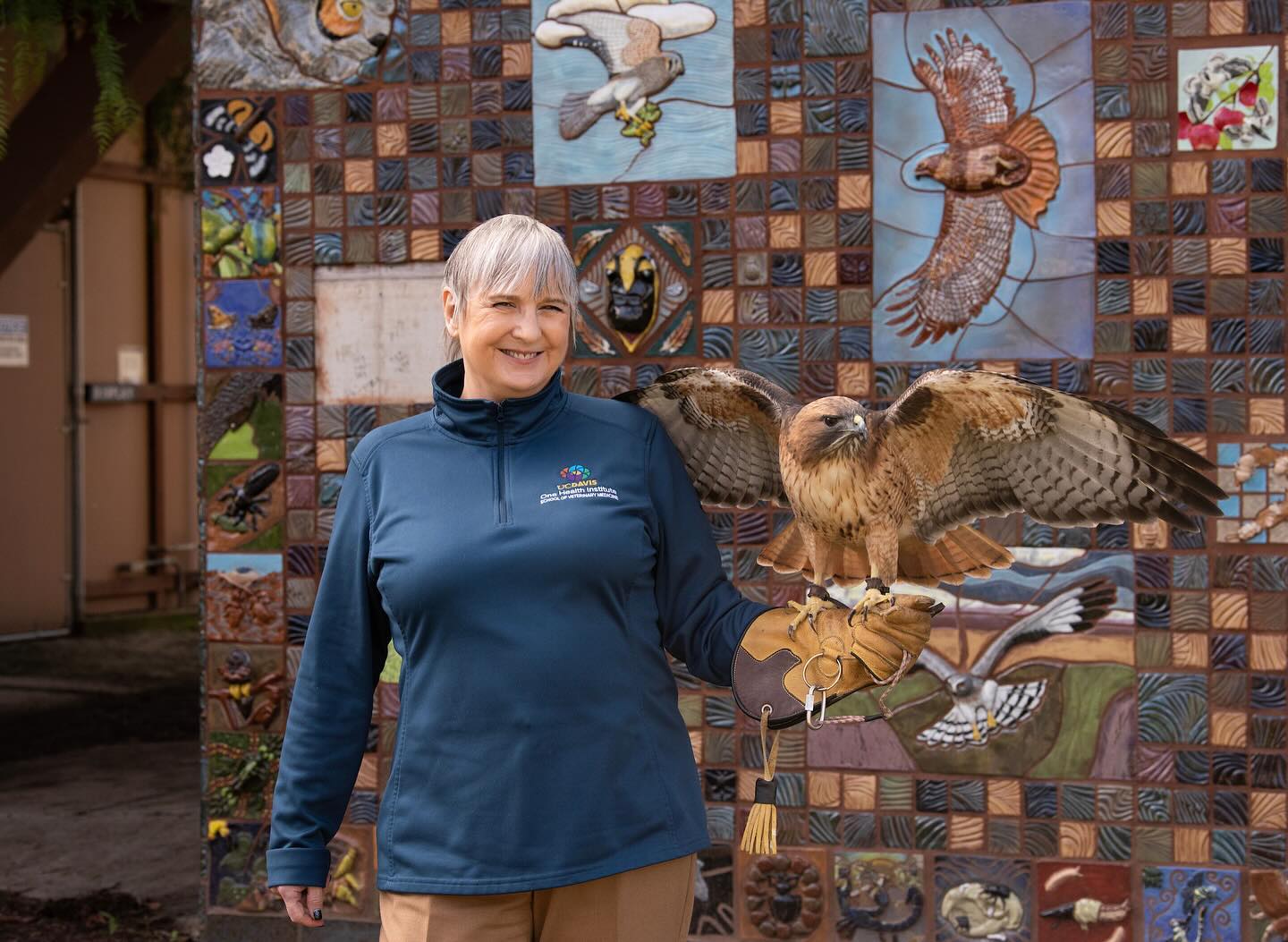
Lisa Hyres | HR Director, School of Law
When it comes to hiring, Lisa Hyres was practically born for the job. Her name always gets a laugh, but her thoughtful leadership and genuine care for people are what truly make her a perfect fit. As HR director for the School of Law, Hyres has built a career dedicated to helping others find their place and thrive.
In her role, Hyres is a strategic and collaborative HR leader who manages a wide range of responsibilities in employee and labor relations, recruitment, performance management and policy interpretation. She is known for her thoughtful analysis and actionable guidance on complex matters, always ensuring alignment with UC and departmental policies.
- Read more
Hyres did not set out to work in human resources. She began studying animal science but soon realized that she did not like working with large animals. A temporary position through UC Davis Temporary Employment Services introduced her to the world of human resources. There she discovered a lasting passion for supporting employees and building strong, inclusive teams.
While her last name may be a coincidence, it could not be more fitting. “I truly enjoy hiring amazing employees,” she says. Hyres’ work reflects her belief that every great organization starts with great people.

Haven Kiers | Associate Professor of Landscape Architecture, Department of Human Ecology
If ever there were a name destined for its profession, it might be Haven Kiers. Now an Associate Professor of Landscape Architecture in the Department of Human Ecology, Kiers has built a career creating exactly what her name suggests: spaces of beauty, balance and belonging. She teaches courses on green infrastructure and sustainable design, guiding students to craft landscapes that invite both people and wildlife to flourish.
Read more
Her journey to landscape architecture, however, wasn’t a straight path through the garden. Kiers first majored in international relations and later worked as an IT consultant before realizing she needed something more creative. Between client calls, she found herself designing window boxes around Boston. When she discovered landscape architecture, she realized she could turn her love of plants and design into a life’s work.
Even her name tells part of the story. Though her first name is Anna, she has always gone by Haven — a name that feels like a mission statement. She jokes that if she ever starts her own firm, she’ll call it “A Haven,” since that’s how her name appears on paper and how she wants her spaces to feel. “Haven, like a safe space.”

Hugh Deforest Safford | Fire and Vegetation Ecologist, Department of Environmental Science and Policy
With a name like Hugh Deforest Safford, it’s almost as if his path into forest ecology was written before he ever took his first step outdoors. A professional researcher and fire and vegetation ecologist in the Department of Environmental Science and Policy, Safford spends his days studying how ecosystems recover, adapt and thrive. His lab’s mission is to help land and fire managers make better decisions for forests and the many services they provide. Much of his work involves field research across the western United States and the world’s other fire-prone regions, gathering data in the dirt, wind and smoke.
- Read more
The connection between his name and his work runs deep. His middle name, “Deforest,” comes from a Civil War ancestor and literally means “of or from the forest.” Growing up on a small Montana farm bordering the Gallatin National Forest, he spent his childhood surrounded by trees, cutting firewood, collecting berries and exploring trails that would later inspire his career.
After earning degrees in geology and education, Safford eventually found his calling in ecology while working as a biology teacher in Brazil. His path came full circle when he spent over two decades as the Regional Ecologist for the Pacific Southwest Region of the U.S. Forest Service, a role he retired from in 2021. Subsequently, he worked two years as Chief Scientist for Vibrant Planet, where he helped develop data-driven tools to guide forest resilience and wildfire management across the West. Throughout his career, Safford has provided technical assistance on ecosystem and fire management and climate change issues, in the US and abroad. Recent international projects have included climate change adaptation in Ukraine, fire hazard and risk mapping in Georgia, wildfire risk mitigation in Chile, fire management planning in Mexico, and forest restoration in North Africa and the Levant.
Even among colleagues, Safford’s name stands out. Once, when another ecologist learned his middle name, he laughed and said “Deforest” was perfectly fitting for a man who worked for the Forest Service.

Sonja Wild | Behavioral Ecologist, Department of Environmental Science and Policy
Sonja Wild, a behavioral ecologist in the Department of Environmental Science and Policy, has a name that couldn’t be more fitting — she quite literally studies wildlife.
Wild’s research explores how animals adapt their behavior in response to their physical and social environments. By combining behavioral observations and field experiments with genetic and physiological data, she uncovers how species, from dolphins and songbirds to her current subjects, California ground squirrels, navigate the challenges of the natural world.
- Read more
“I’ve always been interested in nature and animals,” she says. “I probably would have chosen a similar career path even with a different name. Although,” she added, “I’ve always thought adding 'Dr.' to 'Wild' would be pretty amazing. Perhaps it has given me the extra motivation to pursue a Ph.D.”
Her name hasn’t gone unnoticed. “I get this a lot,” she admits. “Someone once DM’d me just to tell me how well my last name fits my profession. Nothing else, just that.” During a podcast about her dolphin research in Shark Bay, the hosts joked that "Dr. Wild Goes to Shark Bay" sounded like the title of a great adventure novel.
With a name that perfectly captures her passion for the natural world, Dr. Wild continues to live up to it through every observation, experiment and discovery in the wild.
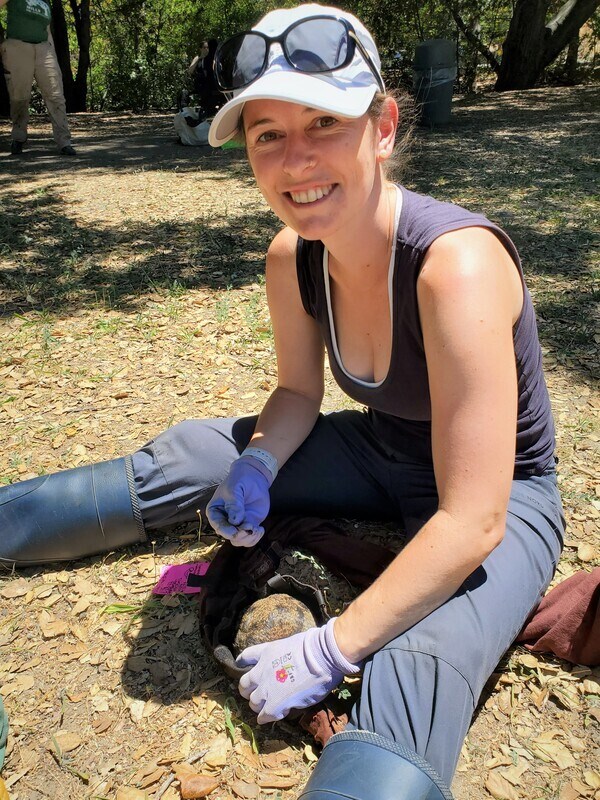
Have an aptronym? Submit your own to be featured!
Fill out our quick survey and we'll work with you to create a profile to be featured in this article.